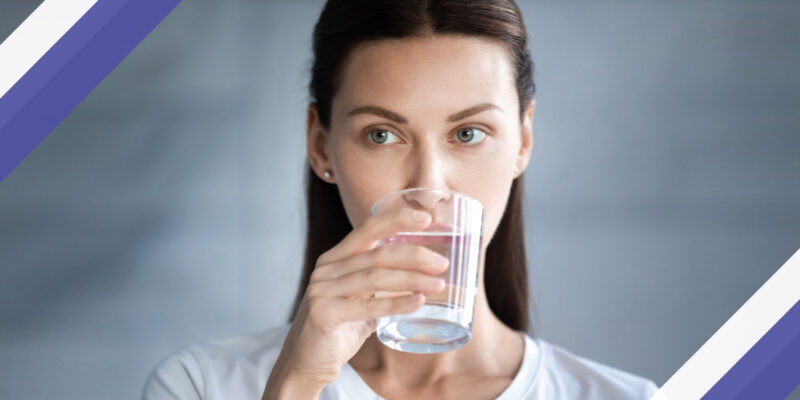Chlorine in Your Water Supply: Is It Really That Bad for You?
Due to its use in cleansing bacteria from pools, chlorinated water often gets a misconception as to whether or not it is dangerous to consume. For the most part, however, chlorinated water is typically not harmful for drinking and is in fact commonly used by municipal filtration systems to eliminate bacteria and viruses from the public water supply.
For starters, the Environmental Protection Agency limits the amount of chlorine allowed in the general population’s water supply used for purification purposes. These limits keep the concentration at a low enough level that it won’t cause harm when ingested. However, depending on the level of chlorine your water may have a taste similar to bleach or a chemical residue flavor; this is often influenced by just how far your home is from the treatment plant itself.
If you do have remaining concerns about the concentration of chlorine in your supply, however, you can visit the EPA’s annual consumer report, available online at https://ofmpub.epa.gov/apex/safewater/
Use of chlorine to purify the water supply extends back to the early 1800s in order to stave off infectious bacteria such as typhoid, hepatitis, and cholera by weakening their cell membranes. As one of the most effective methods for keeping water free of bacteria, the method has remained tried and true for over a century.
There have been some studies that suggest deleterious effects stemming from chlorine in the water, such as a potential link between bladder and rectal cancer from the byproducts of chlorinated water, but these studies have produced inconsistent results, requiring more study before they can be seriously taken at face value.


